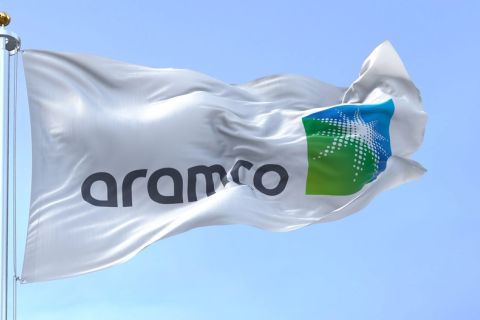“I’ve laid around and played around
this old town too long,
Summer’s almost gone,
Yes, winter’s comin’ on…”
The chorus from country singer Billy Grammer’s lament about changing times fits nicely with what lies ahead for the natural gas business as another heating season nears. After two comparatively warm winters, things may be different this time, but how?
There are a lot of things to consider.
Going into September, gas in storage tracked just above the five-year moving average of around 3 trillion cubic feet (Tcf). Weekly injection rate numbers over the summer were typically around analysts’ expectations and a few reports actually were a notch or two below forecasts. Last year, injections always seemed to come on the high side.
This is a refreshing change from 2016 when gas in storage was setting a new high end for the five-year range, nearing 4 Tcf. Wells Fargo Securities projected in an August report that trends indicate the storage level will track close to average by late in the fourth quarter.
But on the flip side, Baird Equity Research noted industry third-quarter “doldrums in natural gas pricing” as the Henry Hub benchmark fell below $2.80 per million British thermal units (MMBtu). Why the contrast, given positive injection numbers? Turns out the summer of 2017 has been on the cool side overall. For example, there were a couple days in usually steamy August when parts of Texas scarcely hit 80 degrees Fahrenheit, far below regional average daytime highs in the mid 90s.
When the air conditioners don’t run, utilities buy less natural gas for their power plants. On the other hand, low gas prices encourage utilities toward fuel switching from coal to gas.
“Our analysis indicates that approximately 2.2 Bcf/d [billion cubic feet per day] of demand is destroyed when prices move from $2.50/MMBtu to $3, while an additional 1.1 Bcf/d of demand destruction takes place from $3 to $3.50. Based on our 2018 macro model and using price elasticity of power generation demand as the toggle, we see 25 Bcf/d in power generation demand required to balance the market in 2018. Based on the demand vs. price relationship established within, this corresponds to a natural gas price of $3.25/ MMBtu,” Wells Fargo said.
Another big item to consider: Will that comparatively cool summer linger into fall and winter? As always, that’s hard to say.
AccuWeather Inc. published its long-range autumn forecast in August that projected a warmer Northeast but cooler temperatures for the Midwest, Northern Plains and Mountain states. “Temperatures are predicted to fluctuate up and down throughout fall, as mild days are interspersed with cooler air,” AccuWeather said, adding, “This year, however, forecasters are predicting a bit of early-season snow, arriving as soon as October” for the middle of the country.
Besides the usual questions about production, storage and weather, the gas business has a growing exports issue: How large will they be? The U.S. Energy Information Administration’s Short-Term Energy Outlook for August noted the U.S. likely will be a net gas exporter for 2017.
“The United States has been a net exporter for three of the past four months and is expected to continue to export more natural gas than it imports for the rest of 2017 and throughout 2018. The United States’ status as a net exporter is expected to continue past 2018 because of growing U.S. natural gas exports to Mexico, declining pipeline imports from Canada, and increasing exports of LNG,” the report said.
Those exports could sop up excess production—but that would tend to raise prices, which could cut domestic power generation demand. There are a lot things to consider. But whatever happens, the midstream faces the same fate that Mr. Grammer voices in his closing stanza:
“And I feel like I gotta’ travel on.”
Hart Energy’s DUG Midcontinent conference returns to Oklahoma City Sept. 19-21. A great speaker lineup will offer some insights on Stack and Scoop gas production—and much more. Plan now to join us.
Paul Hart can be reached at pdhart@hartenergy.com or 713-260-6427.
Recommended Reading
Magnolia Oil & Gas Hikes Quarterly Cash Dividend by 13%
2024-02-05 - Magnolia’s dividend will rise 13% to $0.13 per share, the company said.
Aramco Reports Second Highest Net Income for 2023
2024-03-15 - The year-on-year decline was due to lower crude oil prices and volumes sold and lower refining and chemicals margins.
Canadian Natural Resources Boosting Production in Oil Sands
2024-03-04 - Canadian Natural Resources will increase its quarterly dividend following record production volumes in the quarter.
Sunoco’s $7B Acquisition of NuStar Evades Further FTC Scrutiny
2024-04-09 - The waiting period under the Hart-Scott-Rodino Antitrust Improvements Act for Sunoco’s pending acquisition of NuStar Energy has expired, bringing the deal one step closer to completion.
Petrie Partners: A Small Wonder
2024-02-01 - Petrie Partners may not be the biggest or flashiest investment bank on the block, but after over two decades, its executives have been around the block more than most.





